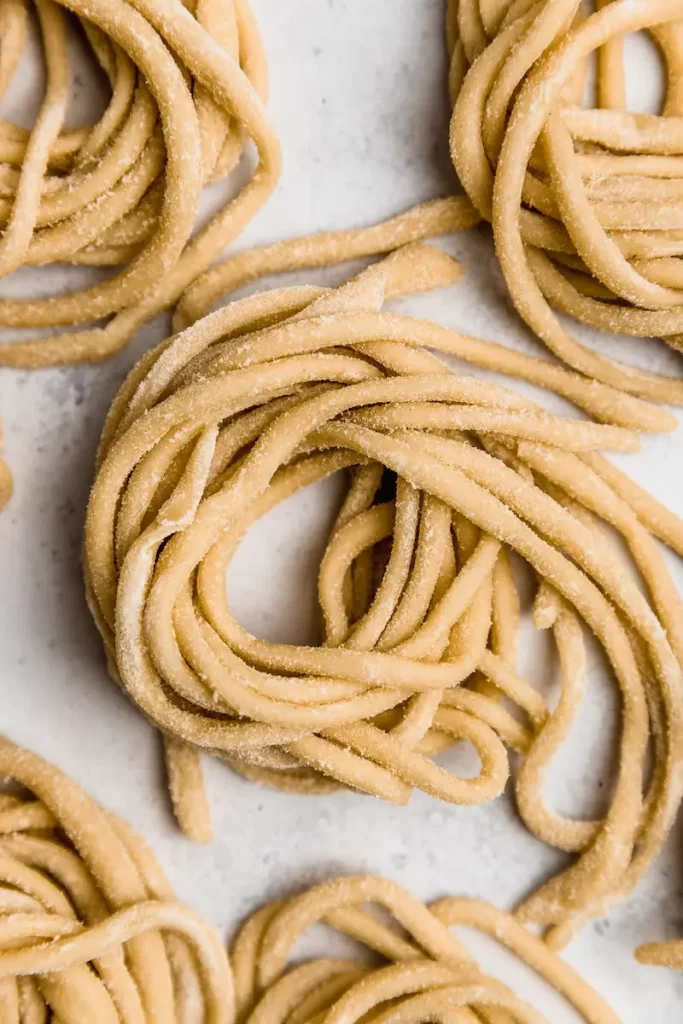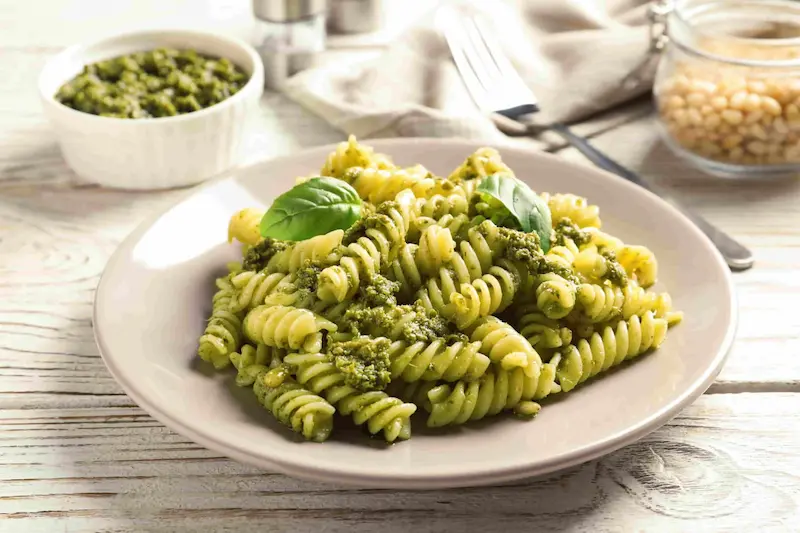Italy is well known to and appreciated by the rest of the world for many things – its art, its fashion, its natural beauties – but especially for the Italian cuisine.
And which of the many Italian delicacies are tourists more likely to know and love? But of course, Italian pasta and pizza!

Italians and Pasta: a love story
Italians’ love for pasta is well documented and demonstrated by the truly staggering amount of it we each consume every year: about 90/100 gr per day per person, which amounts to around 30/35 kg per person.
Italian pasta comes in all shapes and forms: from the more famous Spaghetti and Penne to the relatively unknown Cavatappi and Conchiglie. Besides the shape, Italian pasta types are also distinguishable by the flour used, by the presence – or absence – of eggs in the dough, by whether it’s fresh or dry.
Some types of Italian pasta, like Agnolotti, Tortellini and Ravioli, are filled with meat, cheese, mushrooms or vegetables.
To every region, its own Pasta!
Italian pasta dishes vary greatly from region to region.
Everyone knows the Roman Carbonara, the Pasta al Ragù from Bologna and the Pasta al Pesto from Genova. Perhaps less celebrated, but just as good, are Pici all’Aglione from Tuscany, Pasta alla Norma from Sicily, the Mparrettati from Calabria or the Malloreddus alla Campidanese from Sardinia.
An ancient Pasta
Fun fact: while most kinds of Italian pasta have existed for centuries – as recorded by historical records and cookbooks – Pici is one of the oldest around. The first recorded mention of Pici is a low relief found on an Etruscan sarcophagus, making them thousands of years old.
Fun fact, part two: officially, in Italy exists more than 300 types of pasta.
So, when you come to Italy, you will have your ample choice of pasta. And remember: Italian pasta is always cooked al dente and spaghetti are never to be broken in half.





